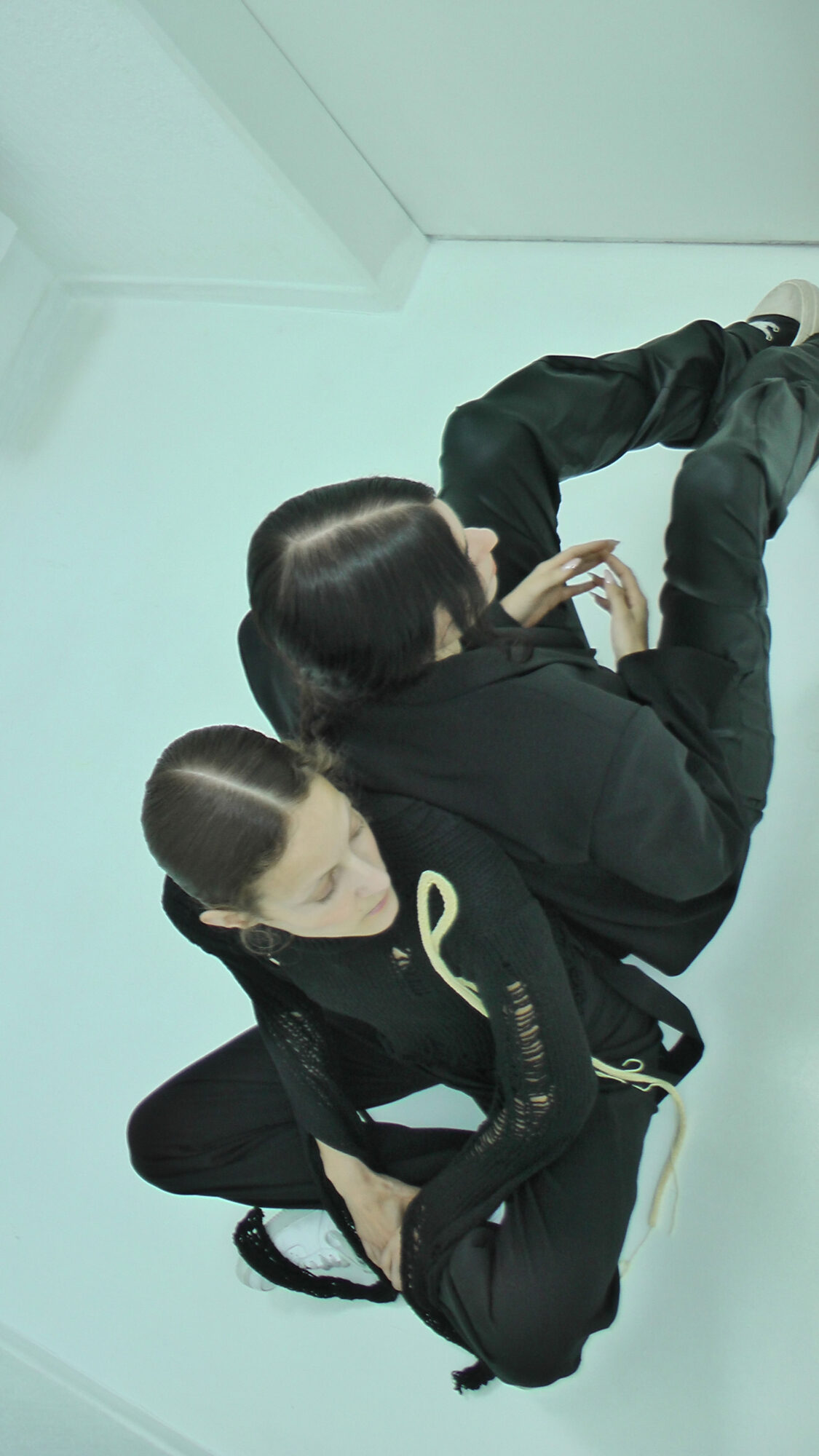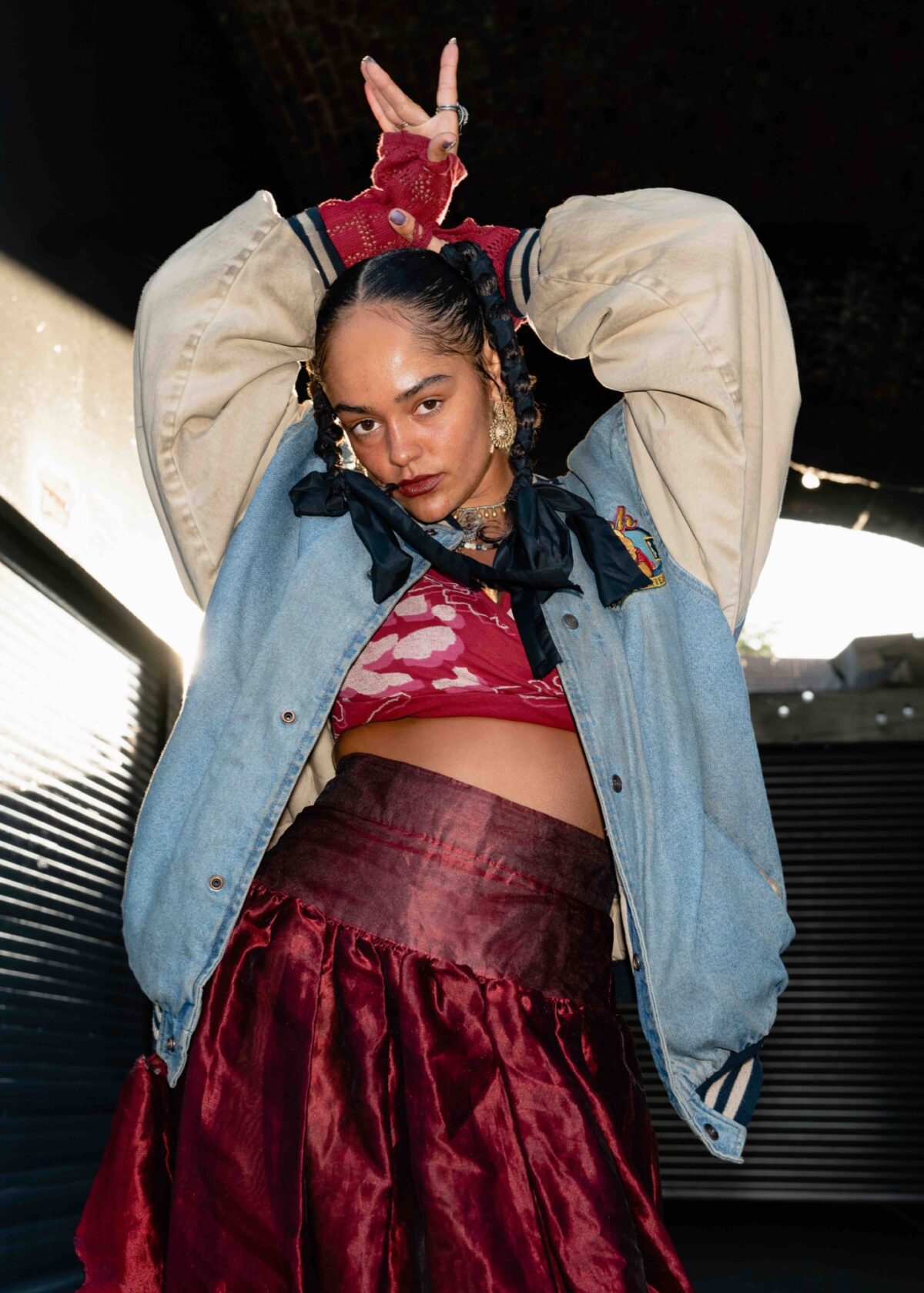James Bantone

Using various art forms uncover the aesthetics of identity, James Bantone distorts and questions desire and beauty through uncanny reproductions.
What makes an image fashionable? Or a fashion image specifically a fashion image? What attracts us or disgusts us? How does an image in a magazine reflect the power structures of society—who is in, who is out, cool, beautiful, worthy. James Bantone’s work is interested in such questions: using photography, sculpture, painting, video to form a practice that is about the examination of image as source of power. So his images clash the beautiful with the ugly in order to question both, accentuating mouths, faces, bodies, twisting the subject into something uncanny, the high production values of the fashion industry and its aesthetic specificities, and twists into something that questions the edifice itself.
Which I think maybe gets to the key points in James’ work: fashion as a kind of performance which means life is a kind of performance, that cultural production of all kinds as performance, and James’ work is subverting them to subvert the structures that keep them up.

“I lose myself in them and then those horrible images become beautiful.”
Felix Petty
I guess a good place to start is at the beginning. I’d love to know how you developed, your work, your aesthetic. What were your influences?
James Batone
I really began with photography, mainly documentary photography. I was always very sensitive to the social aspect of the medium—and the arts in general—the connection it allowed with people. I was also really interested in how people form a community and operate within certain systems. I think that's something that I was very aware of, always. And little by little, I guess I started to get less and less interested in people and more about how they look. Very shallow.
FP
But fashion is a way of documenting people, too. There is this relationship here.
JB
Yeah of course. I don't want to say I was just attracted by the looks, but it's how people carry themselves in a space. And how specific groups carry themselves within specific spaces. I loved discovering communities who had their own worlds, who could tell stories through clothing, what they wore, how they wore it. I find it beautiful, somehow.
FP
What kind of communities are you referring to specifically?
JB
Growing up in Switzerland and being homosexual and also mixed race, I think I was always trying to find people that looked like me and went through the same things as I did. When I was growing up, people weren’t as open as they were today. Switzerland has really changed now. Younger people now are much more confident in their body and how they look. I love that. But for me it was difficult. It wasn’t until I went to New York when I was 17 that I really found a broader queer community of color, this didn’t exist for me in Switzerland. Finding it totally changed my perspective.
FP
On art too?
JB
I came to the arts quite late. I studied photography in high school, I was quite lazy, I thought it would be easy. But I really enjoyed it. My photography teacher really believed in me. I don’t know why? But he really pushed me. But then I ended up studying international relations. After one semester I realized it wasn’t for me. So I quit and went to Geneva to art school. Before I started they said: “If you come to study here, are you ready to live as an artist?" And this freaked me out so much because I didn't know what that meant at that time, and what it was to live as an artist. I ended up quitting this course too. Then I applied to go to school in Zurich where I studied Fine Arts Video.
FP
You can see these different elements at play in your work as well. There's obviously this relationship to fashion imagery, but also the documentary element you mention as an earlier influence. I hadn’t considered it, but there is also this relationship between fashion and documentary, it’s very heightened, but it can also be considered a document, what people look like, what they wear, and what the wider society considers beautiful, cool, worthwhile to put in a magazine.
JB
The context of the creation of the image is incredibly important. Clothing can tell a story, and people can have a specific perception about fashion too, in this particular context. I like this idea of “what makes a fashion image a fashion image”. To me the term editorial is really important. As an artist I can work within the aesthetics of fashion without being considered part of the fashion industry. For example a big inspiration to me was DIS collective, David Toro and Solomon Chase, who now work together as Torso.
And I liked this relationship between art and fashion and visual communications, they also worked as graphic designers, video editors. They had this formal knowledge of the form which they then bring into the art context. But I also liked this idea that you can accept that art isn’t what makes you money.
FP
I’ve always been interested in the way fashion photographers can do two totally different kinds of work, one editorial, as you describe it, and one commercial. They could be shooting the same model, same clothes, same stylists, but the aesthetic is different. The commercial element, shooting an ad or a campaign, even the presence of the brand logo. It has this totally different aura. So maybe we can extrapolate it, like an artist with the same materials can create two different bodies of work. Which is a long way of saying, what’s your relationship to photography?
JB
It began as a tool. It was the first way I was able to express myself in a creative way. It was a gateway. In my very early works I worked a lot with reality TV. I staged a reenactment of this American TV show called Love & Hip Hop. The idea was to take this format and restage it in the most minimal way possible, in the photo studio, with focus really on the body in the space and the interaction. And here I would say there was a reflection on the medium itself and how it plays and the perception or the representations of certain bodies.

FP
It’s interesting to think of your practice as one of image making. But how did working with sculpture fit into that? Quite naturally?
JB
The sculpture kind of evolved from the work within fashion photography. I had this archive of poses, images of how models would react with each other. And at some point, instead of recreating the image, or just recreating the bodies themselves, it became more interesting to work within sculpture to capture that. It’s about a set, almost, within the sculptural works, almost like you are witnessing a shoot happening.
In the sense of there was always this kind of feeling which was very present in my early works of the idea of not belonging and not being at my place, and starting to work with photography and video and using source material like reality TV, these kind of things, and little by little wanting to be part of this world, and slowly attempting more classical ways of creating I would say. You know, like, if you are a sculptor or a painter, you’re a real artist. So I’ve also starting painting. Maybe the loaded medium possible.
FP
Well, maybe we can talk about that body of work which you're showing at Manifesto briefly.
JB
It’s a series called Fool of the Month, and basically it's an appropriation of this kind of aesthetic of smiling as a tool of torture. The idea came to me while reading James Baldwin’s Stranger in the Village and at some point he was describing the process of smiling to people in order to make them feel safer with what he represents as a Black person in a village in Switzerland. It really resonated with me. So I wanted to examine this idea of over-performing with the distorted smiles of the models.
FP
The smile as an external manifestation of internal horror.
JB
Exactly.
FP
Can we talk about painting? I didn't actually know you were making paintings.
JB
I've taught myself. I really don't consider myself as a painter, which gives me a lot of freedom. But also painting is a kind of belonging. It’s the most stereotypical artform. I love playing with those codes. One thing with the painting I’m interested in is making my work as inaccessible as possible. That's the idea. Still having fun with it and also still making something that I like. And that is nice to look at, I would say. How do you make it the least accessible to the main public?
FP
Well, I guess this is even something you could relate back to those pictures, that are being shown at Manifesto, this body of work. Because in a way, this is kind of about refusal as well, to a certain extent. This is also about refusal of the fashion images, perfection, something superficial, easy, beautiful.
JB
Exactly, yeah. But it's funny because then I lose myself in them and then those horrible images become beautiful. I won't mention who, but someone was asking a friend of mine, how people could be into that series. Saying it was so disgusting and repulsive. And I'm like, well, that's what the work is about.

Interview: Felix Petty
Photography: Fritz Schiffers

























































































